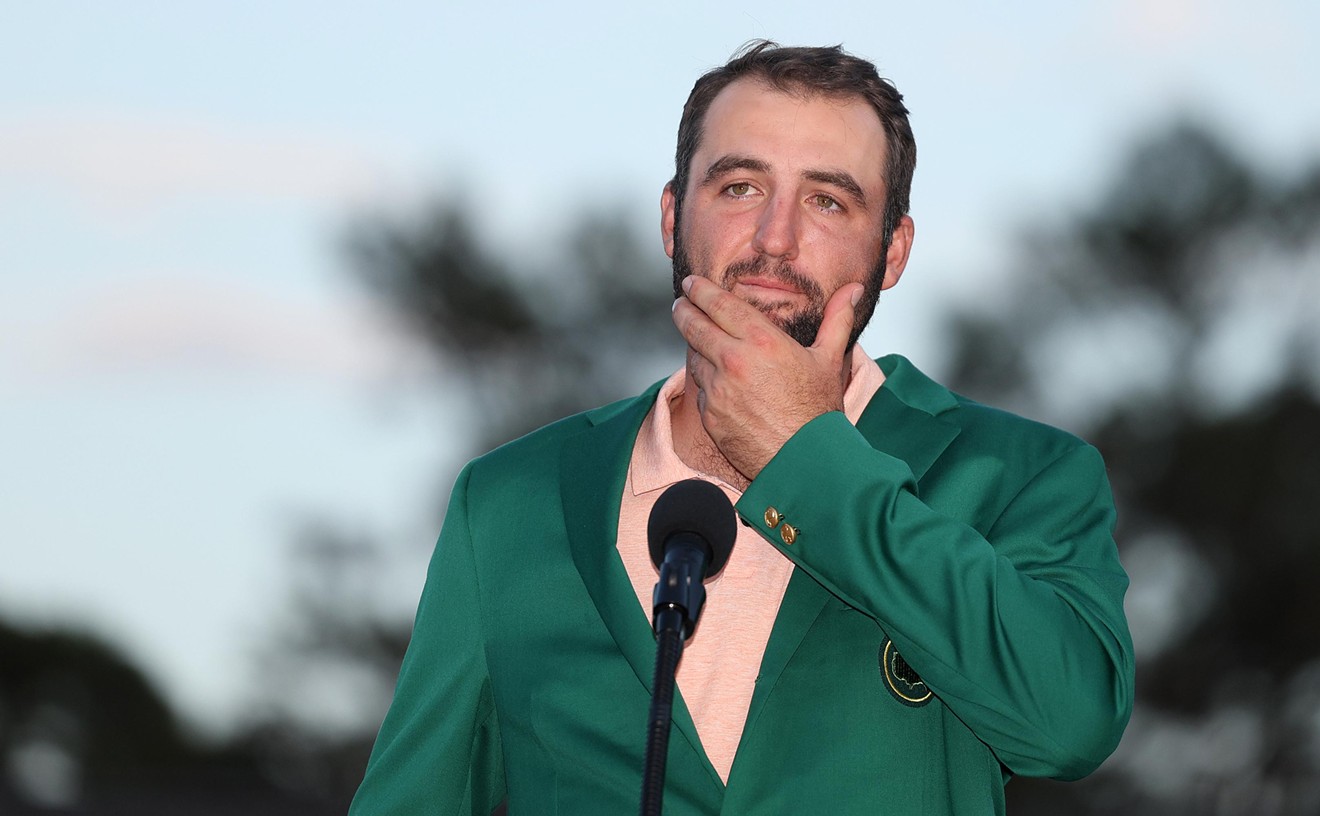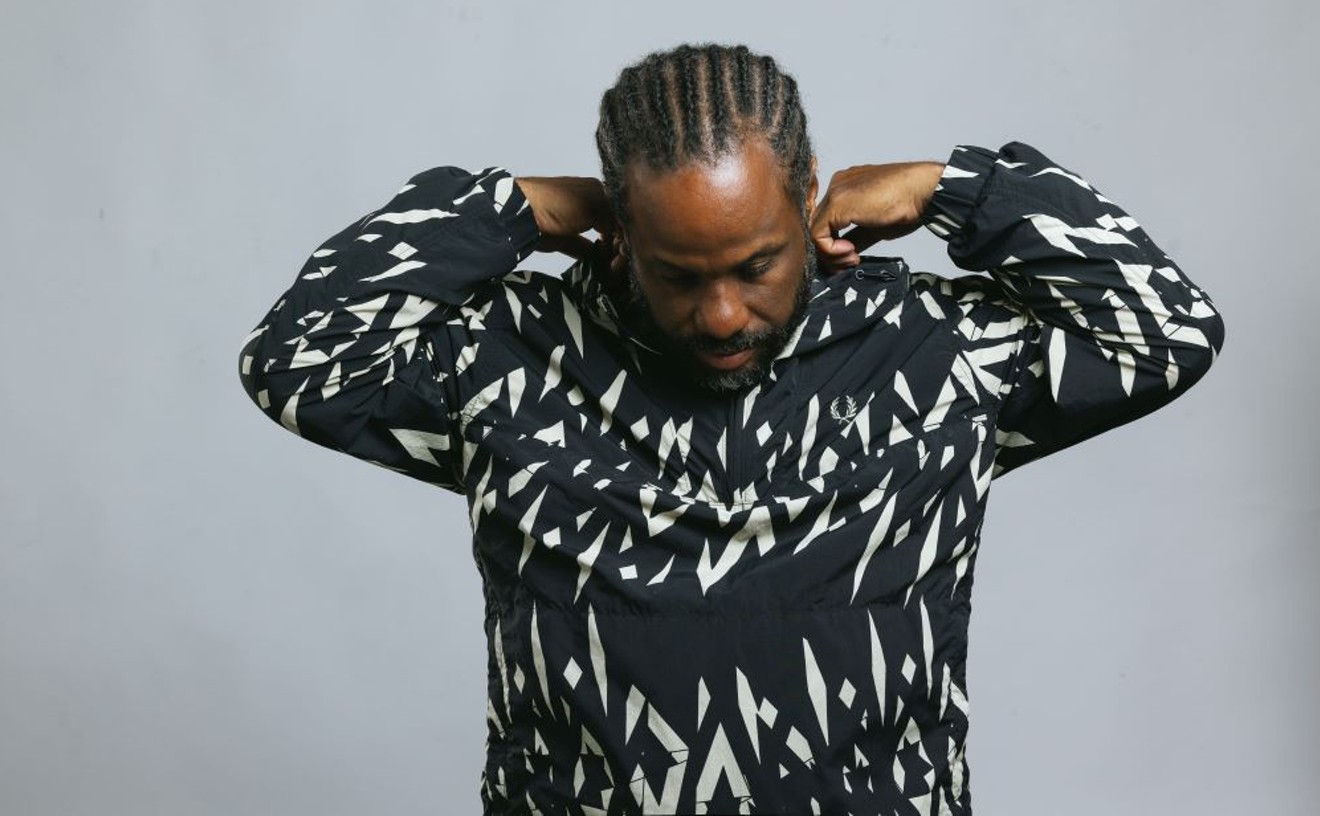(Spoiler alert: The following piece discusses up to the February 16 episode of Looking.)
HBO’s Looking has had a tough time winning over its intended fans. Upon its premiere, Gawker’s Rich Juzwiak yawningly summed up the political achievement of creator Michael Lannan’s wonderful half-hour dramedy about three homosexual men in San Francisco as “gay men get to be boring on TV at last.” Slate’s Bryan Lowder was similarly unimpressed, decrying the show’s lack of political edge by describing it as “gay that’s polite and comfortable and maybe a little titillating but definitely not all up in your face about it.”
But Looking, which has just been renewed for a second season, obviously isn’t relying solely on dutiful gay armchair-activists for ratings. Its three main characters -- midlevel video game designer Patrick (Jonathan Groff), artist-turned-artist’s assistant Agustín (Frankie J. Alvarez) and waiter and aspiring restaurateur Dom (Murray Bartlett) -- resonate beyond gay culture. There doesn’t seem to be any public analysis of male versus female viewers for the show, but I’d bet a huge chunk of its audience is women, since the series offers female viewers something they can’t find anywhere else on TV.
Looking isn’t feminist, at least not overtly. There’s only one female character: Dom’s roommate and friend Doris (Lauren Weedman), a loud, fun broad whose screen time in six episodes totals about five minutes. And yet Looking is a perfect show for women because it offers women -- or more specifically, feminists -- who want to see reflected on screen their aspiration of living in a world almost wiped clean of sexism. And that world is wonderful: Wedding bells are reduced to a distant ping, biological clocks disappear and Erica Jong’s elusive zipless fuck suddenly becomes not just an everyday reality but a really hot three-way.
Here’s how Looking makes all our feminist dreams come true:
1. The gay male characters are easy to identify with.
Gay men are not and never have been women, but the show offers a comforting acknowledgment that Dorothy and her friends can find solidarity in their shared marginalization in a straight male world. In the show’s third episode, “Looking at Your Browser History,” Patrick explains the frustration of living in a culture where the default mode is Straight Dude at a work party for his video game company: “They keep telling us that we have to expand our demographic, and then they force us to make a game where you can’t even play as a female. And I’m a guy and I always play as a female, and before you say it, it’s not because I’m gay. … Women are the outsiders in games, and I relate to that.” Since Patrick spends the most time with straight men, it’s natural that he would feel this commonality between gay men and straight women -- and the hetero-derived pressure to be a top (more on this below) -- most acutely.
Then there are the activities that would be familiar to virtually all twenty- and thirtysomething women (yet alien to most straight men): quoting Golden Girls to friends, playing the gaydar game about strangers (“he has got a very gay laugh”) and opining about circumcised versus uncircumcised.
2. The (relative) lack of heteronormativity.
Lookinglets its thirtysomethings be thirtysomethings, instead of a pair of rapidly rotting ovaries or a collection of wrinkles and sags -- a tendency found even in a lighthearted sitcom like Zooey Deschanel’s New Girl, which devoted an entire episode to thirtysomething women’s declining fertility last year. In that sense, Looking offers an escape from pressures of biological doom and a reflection of the 20 percent of American women today who are childless. Likewise, the idea of marriage flits through this universe like an errant fly: Weddings are about as relevant to these characters’ lives as dental dams.
Sure, the central trio date and kiss and Grindr, but Looking is as much a show about that make-or-break point in your 30s when the pressure to succeed suddenly gains the mass of a grand piano, since everyone else around you is suddenly doing much better than you are. In that same episode when Patrick refuses to celebrate the debut of his employers’ new game, Agustín is fired from his position as an artist’s assistant. It seems like a blessing in disguise -- he’s finally free to pursue his own vision -- but it’s not clear that he has anything to say. Dom, who turns 40 in the sixth episode, undergoes a similar crisis of identity when he realizes that he can’t serve Silicon Valley assholes overpriced wine forever, and so takes the first steps toward opening his own restaurant.
The show also argues against the straight-derived roles of “top” and “bottom” in “Looking for the Future,” the lovely fifth episode devoted to Patrick’s blossoming relationship with Latino barber Richie (Raúl Castillo). As they gaze at fake stars at a planetarium, Patrick and Richie remark that they’re echoing a date between Ross and Rachel on Friends. Patrick wants to claim malehood -- “I want to be Ross … you’re the one that’s crazy into hair and I’m the geek” -- but Richie won’t be emasculated: “[Rachel’s] kind of like the boss, which is kind of like the top.” Then he proposes they leave the “top” and “bottom” labels by the wayside: “Those terms are for people on websites. How do you know with a guy sexually until you’re with them? You gotta be adaptable.” In other words, focusing on someone’s gender (or gendered role) keeps us from appreciating them as a full person. There couldn’t be a better summary of feminism.
3. Sex for the female gaze.
Looking is an ideal show for that (giant) subset of women who like watching guys go at it, or simply want to see what truly unjudged, unfraught casual sex is like.
Girls kissing for male titillation has been a pop cultural mainstay at least since Rachel and Monica locked lips for Joey and Chandler on Friends. But the only prominent example of pandering in likewise fashion to the female gaze was on BBC’s Sherlock earlier this year, when Benedict Cumberbatch’s headscratcher of a sex icon and Andrew Scott’s sissy villain Moriarty lean in for a kissus interruptus, a gag that initially seems to indulge, but ultimately scoffs at, female desire to watch two men’s mutual attraction. (Straight guys being into each other is also a comedy crutch for shows like Saturday Night Live; that gag doesn’t laugh at female viewers, but at same-sex affection.) Looking isn’t explicit, but it has enough butt shots and chest shots and man-to-man touching and grunting that it starts to make up for the boob parade on Game of Thrones.
Moreover, casual sex on Looking is often spontaneous, delightfully promiscuous, free of romantic pressure or expectations, and between (near) equals. Not all the sex is between strangers. The stop-and-go pace of Patrick and Richie’s dalliances reflects the latter’s wariness about his neurotic new beau, and it’s refreshing to see sex outside of the confines of monogamy and divorced from its use as a narrative shorthand for emotional instability or as a prelude to an unexpected relationship. And when sex is just sex, viewers can simply enjoy a scene of an impulsive threesome, one whose focus on male bodies and glassy-eyed lust is as hot as anything on TV.
Do the points above for why Looking is tailor-made for female audiences merely prove Juzwiak’s and Lowder’s points that the show is so divorced from the subversive potential of gay/queer culture that any old straight can identify with it? Perhaps. But the show’s audience isn’t entirely gay, and so hetero viewers have to find something they can identify with to continue watching. And if those assets can’t be found anywhere else on TV, well, then what’s the harm in looking?










